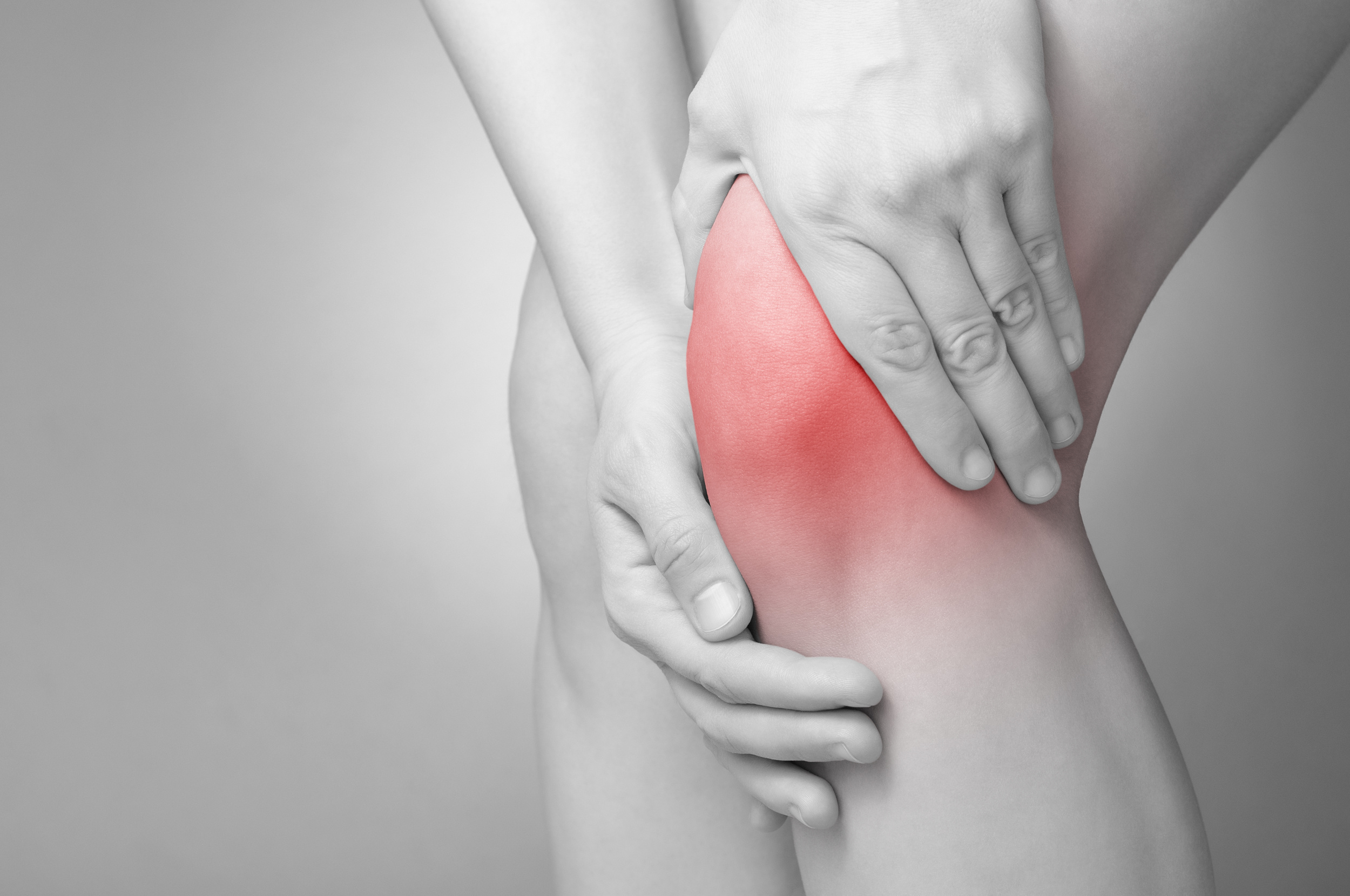Bunions, like many medical issues, don’t pop up overnight. Rather, it can take years for bunions to form. And once developed, bunions may not initially cause pain or even discomfort. As a result, some people may view a bunion as little more than a slight inconvenience. However, with time, a bunion can become a very problematic condition. Indeed, bunions can cause leg pain and even contribute to the development of other conditions like arthritis. In this blog, we’ll explain what bunions are, what makes them so painful, and what you can do to prevent and reverse bunions. Check it out here:
Bunions & Bunion Pain
Bunions form as a result of misalignments within the foot. When tendons, muscles, and ligaments are forced out of their natural position, the resulting pressure can cause a bony mass known as a bunion to form along the side of the foot. In most instances, bunion pain is localized to the joint next to the big toe. While some bunions may appear small or innocuous at first, bunions do tend to get worse with time. Left untreated, bunions can become more painful to the touch, greater in size, and –– in some cases –– can even prevent people from walking properly.
Bunions & Leg Pain
According to a recent study, individuals who had bunions were more likely to experience pain in other parts of their body –– such as their hips, knees, and lower back. Bunions may not directly cause pain in other parts of the body, but bunions can form in conjunction with other conditions like arthritis. What’s more, bunions can indirectly lead to leg pain over time. If a bunion becomes severe enough, a person may have difficulty walking and thus adjust their gait to accommodate pain in their feet. This, in turn, may place added pressure on the knees, calves, or thighs. It can be easy to take your feet and feet health for granted, but they are essential to your overall health and wellness. Problems with your feet may eventually affect your legs as well.
Treating Bunions
The silver lining for individuals with bunions is that they can be treated well before they become large or severe enough to cause significant damage to the foot or legs. The only way to get rid of a bunion for good is through surgical intervention. Bunion pads, cushions, and sleeves will not reverse or cure bunions. While some individuals may be hesitant to undergo bunion surgery, the truth is that modern surgical techniques have drastically improved the patient experience.
Minimally invasive bunion procedures allow surgeons to remove bunions and correct the alignment of the foot safely, quickly, and effectively. Minimally invasive bunion surgery is an outpatient procedure, and most patients are able to walk out of the operating room following surgery and resume many daily activities immediately. Plus, minimally invasive surgery significantly reduces recovery time and the potential for scars and residual pain following the procedure.
Foot-pain problems can be difficult to diagnose, and trying to address them on your own will likely lead to further complications. That’s why it’s important to speak to a podiatrist in your area as soon as you experience any irregularities or pain in your feet.
Contact Us
At Northwest Surgery Center, we’re experts in the field of minimally invasive bunion surgery. Our team has years of experience, and we have the skills, knowledge, and tools to ensure you’re able to get back on your feet –– pain-free –– as soon as possible. Contact us today to schedule an appointment.



Leave A Comment